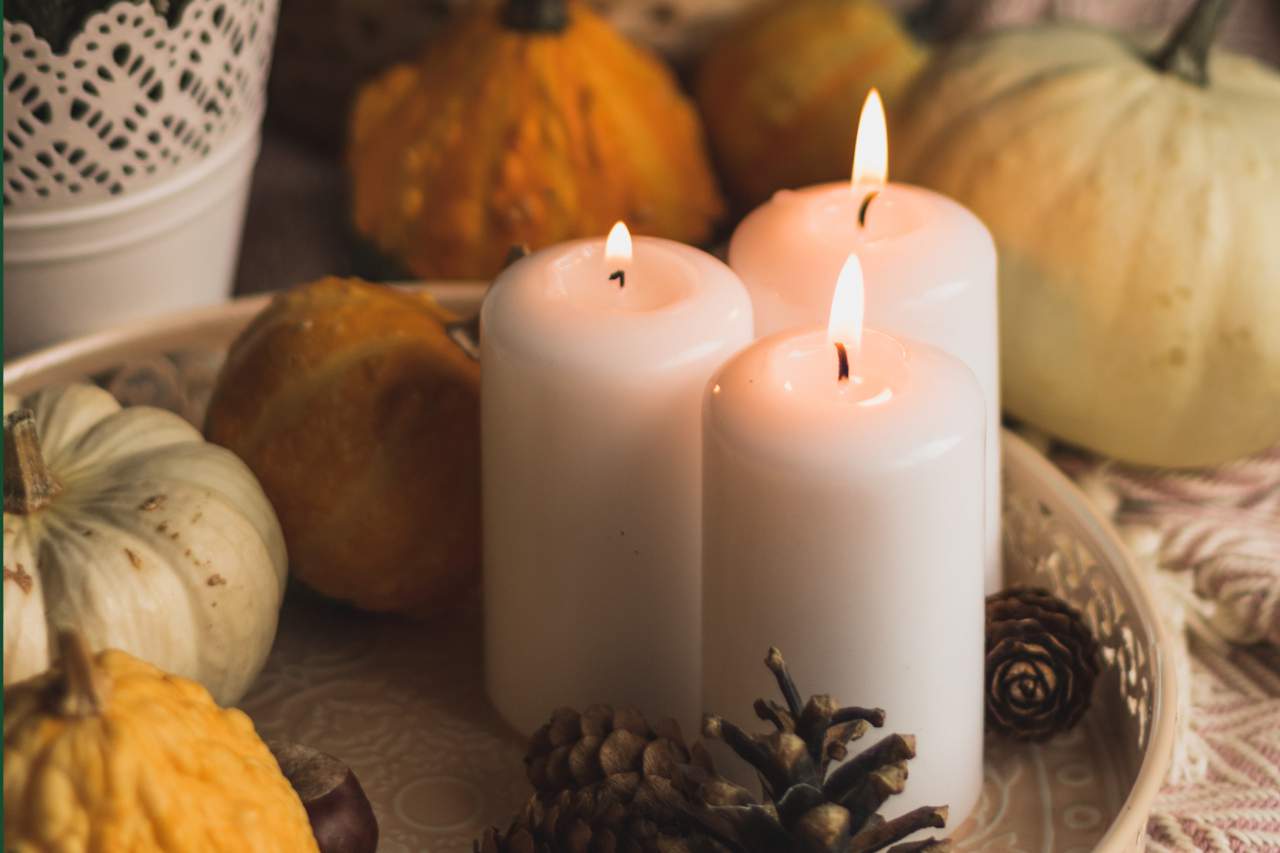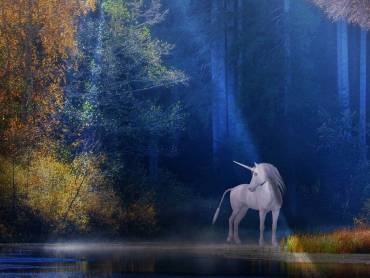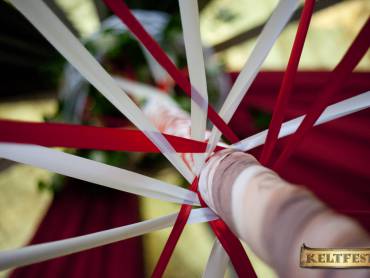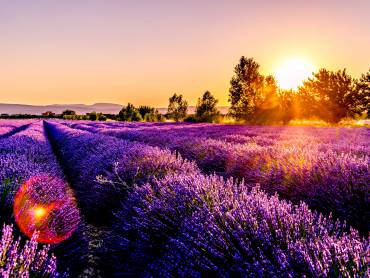In the Vana Grimoire series, we share tips and background information on pagan festivals, recipes, mythologies, history and other subjects worth knowing that are related to our events. In this blog, we will dive into the pagan festival Samhain.
At the end of October, it’s time for the Celtic holiday Samhain. This holiday is always around October 31st, but the exact date differs as the Celts had a calendar based on the phases of the moon.
The Celts believed that everything originated from darkness. It is therefore not surprising that they saw winter as the start of each year. In our modern calendar, the winter starts mid-December, but for the Celts it was different. They saw Samhain as the start of winter. This makes Samhain the Celtic New Year. The holiday started at nightfall and continued through the night, in the dark.
Samhain is the last harvest festival
Samhain is the last harvest festival before the ‘darker half’ of the year starts. During Lughnasadh (in the period around Castlefest) and Mabon (end of September), gratitude is shown twice for the great harvest and everything the earth offers us. During Samhain, the last crops were harvested and cattle were butchered to prepare for winter and the cold period to come. Samhain is the end of a fruitful period, but with that, it is also a new start. We get the chance to think over the past, to make decisions and start the new year fresh.
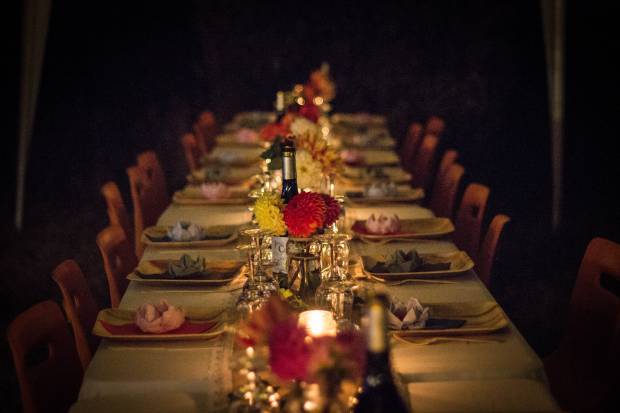
The veil between the worlds
According to the Celts, the veil between our world and the Other World was thinnest during Samhain. During this night, the dead could travel to our world to visit the living.
To help beloved deceased find their way home, the Celts illuminated paths, windows and doors with candles. The table would be set for both living and the expected travelling loved ones.
Not only deceased loved ones could cross the veil, but evil spirits could visit as well. To scare away these spirits, scary faces were carved in pumpkins, turnips and potatoes.
Many important events in the Irish mythology took place during Samhain. Hill of Tara, an important place (as you can read in this Keltfacts blog) contains a passage tomb. The sun only touches the entrance of this tomb only twice each year. During Imbolc and during Samhain. Coincidence? Don’t think so!
Halloween
You probably recognise some elements from Samhain that found their way in the modern Halloween celebrations. The celebration starts when the sun sets and ghosts and mischievous spirits roam the streets. The carving of scary faces has for many become a tradition on its own!
Blessed Samhain
We see Samhain as a moment to retrospect and get ready for the future.
Regardless of how you celebrate Samhain: with a beautifully set table, carved pumpkins or simply watching a horror movie on your couch… we wish you a blessed Samhain!
There are eight Celtic holidays. In our Vana Grimoire, we like to get you acquainted with them. You can read more about them in our blogs about Ostara, Beltane and Litha.
